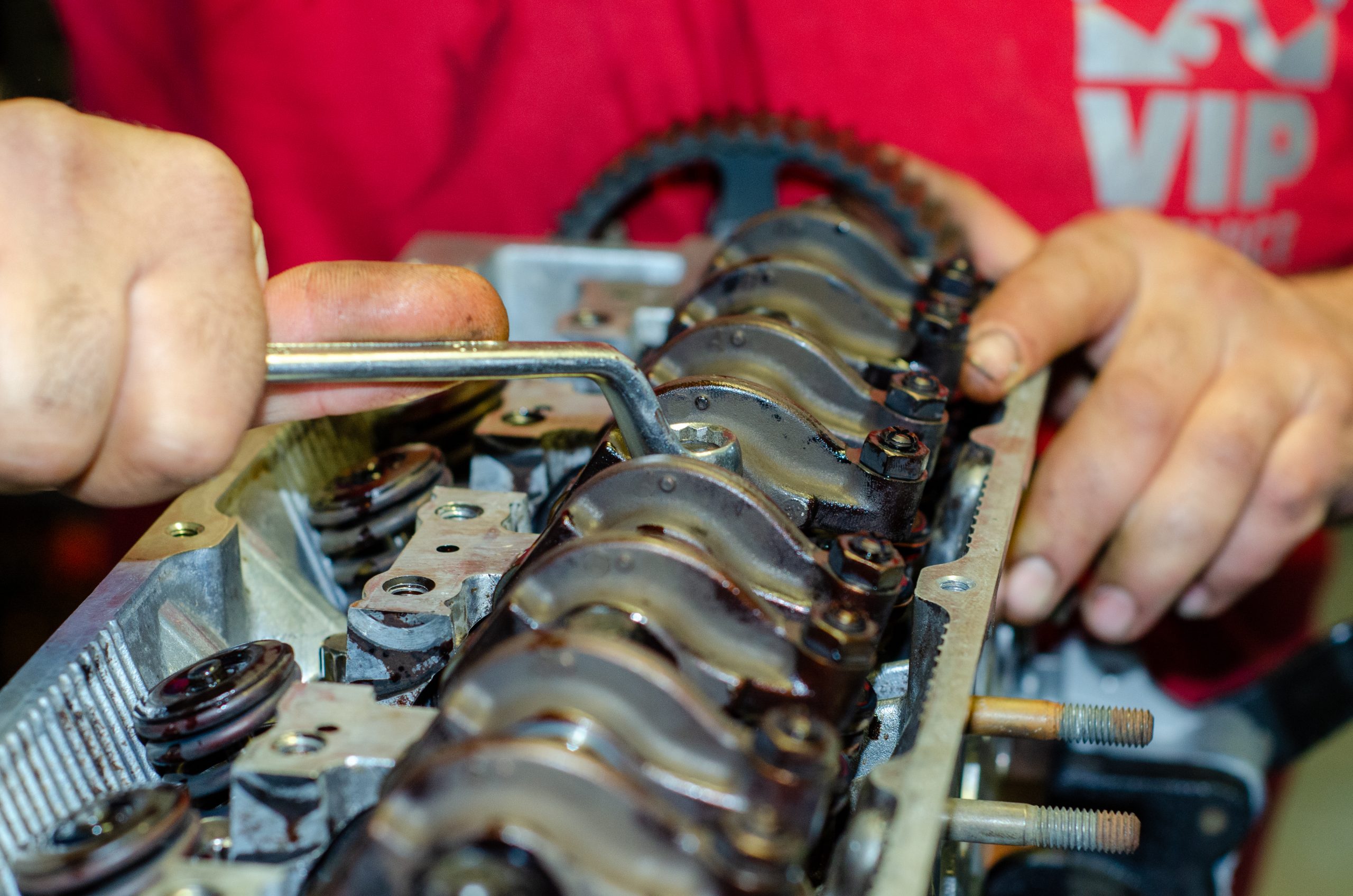Camshaft Manufacturing
The diesel engine camshaft industry is seeing a lot of new improvements and trends. These changes are because of new technology and a focus on being better for the environment. Car companies are using new materials and precise engineering to improve camshafts and make them last longer. These developments reflect a broader shift towards more sustainable, efficient, and high-performing diesel engines in the automotive industry. We’ll explore the emerging trends and innovations that are currently shaping the camshaft industry.
Advanced Materials
Camshaft manufacturers are turning to new, advanced materials to make their products. They’re using things like ceramics and strong alloys, which are tougher than traditional materials. These advanced materials are great at handling high heat and pressure. This is important because camshafts have to deal with a lot of stress and temperature changes.
Using ceramics and high-strength alloys makes the camshafts last longer. They don’t wear out as quickly, which means they don’t need to be replaced as often. This durability is good for both car owners and the environment. It means less waste and fewer resources used over time.
These materials also help the camshafts work more efficiently. When camshafts are more durable and can handle more stress, they help the engine run smoother. This can lead to better fuel efficiency and performance.
Using advanced materials can also make the camshafts lighter. Lighter camshafts put less strain on the engine, which can improve the car’s overall performance.
Precision Manufacturing Technologies
More and more, camshaft makers are using high-tech manufacturing methods. CNC machining and laser scanning are becoming popular choices. CNC machining is a way of making parts where computers control the cutting tools. This method is super precise, meaning each camshaft comes out just right.
Laser scanning is another method of technology being used. It involves using lasers to measure and inspect the camshafts. This helps to make sure the camshaft has the right size and shape. Both CNC machining and laser scanning mean that camshafts are made more accurately and consistently.
This accuracy is great for car engines. It makes sure the camshafts fit perfectly and work as they should. This leads to better engine performance and less wear and tear over time.
These methods also reduce the chance of getting a faulty part. When camshafts are made more precisely, there’s a lower risk of defects. This means fewer problems down the line and less need for repairs.
Computer-Aided Design (CAD)
Designers are now using CAD (Computer-Aided Design) software to create camshafts. This software lets them make very precise and optimized camshaft designs. Using CAD, fine-tunes the shape and profile of the camshafts. Better-designed camshafts help the engine use fuel more efficiently. It means vehicles might use less gas and run smoother. Also, these improvements can reduce the amount of harmful gases the car releases, which is better for the environment.
Electrification and Hybridization
As more electric and hybrid cars are being made, camshaft designs are changing too. Researchers are looking at how to make camshafts that work well with these new kinds of engines. These engines are different because they use both electricity and fuel. The camshafts need to be able to handle different speeds and power demands. The goal is to make camshafts that allow these cars to run smoothly and save energy. Camshaft designs are being updated to fit the needs of modern electric and hybrid vehicles.
Variable Valve Timing (VVT) Technology
Camshafts in modern engines are getting a big upgrade with something called VVT technology. VVT stands for Variable Valve Timing, and it’s a smart way to control the engine’s valves. This technology allows the camshaft to adjust when the valves open and close. The timing of these valves is really important for how the engine works.
With VVT, the engine can change how it operates based on how you’re driving. It can optimize valve timing for a smooth and efficient ride during calm driving or for increased power during acceleration. This flexibility means the engine performs better overall.
Because of VVT, engines can also use fuel more efficiently. When the valves are timed just right, the engine doesn’t waste any fuel. This can save you money on gas and is better for the environment. VVT also helps reduce emissions from the car. By improving how the engine burns fuel, it produces fewer harmful gases. This is important for keeping the air clean. Camshafts with VVT technology are a big step forward. They make engines more adaptable, efficient, and eco-friendly.
3D Printing
3D printing is becoming more popular in making camshafts. This is because 3D printing can make shapes that are really complex. These shapes are hard to make with old-fashioned ways of manufacturing. 3D printing allows you to create highly detailed and precise camshafts, making parts that fit perfectly and function effectively.
The technology works by building the camshaft layer by layer from a digital model. This method is not just precise; it’s also flexible. Designers can easily change the digital model to try different designs. This flexibility allows them to experiment and find the best shape for the camshaft. In short, 3D printing is changing how camshafts are made, making them more advanced and efficient.
Reduced Friction Designs
Camshaft makers are working on designs that make less friction. Friction happens when the camshaft rubs against other parts in the engine. By reducing this rubbing, the camshaft and other parts don’t wear out as quickly. Less friction allows the engine to run more smoothly. When parts can move easily, the engine doesn’t have to work as hard. This makes your car more efficient, which can save you gas.
These new designs are good for your car’s performance. When there’s less wear and tear, the engine stays in better shape overall. This can help prevent breakdowns and expensive repairs. By focusing on reducing friction, manufacturers are helping make engines more reliable and efficient.
Lightweight Construction
There’s a growing trend in making camshafts lighter in weight. Making camshafts lighter brings significant benefits, as a lighter camshaft reduces the overall weight of the car. A lighter car doesn’t require as much energy to move, and the use of fuel would decrease. This is great for saving money on gas and is better for the environment.
Lightweight camshafts help the engine work better. They can move more easily, and keep the engine running smoothly. This can even make your car more fun to drive, with quicker acceleration and better handling.
Car makers are using new materials and designs to create these lighter camshafts. They’re finding ways to keep them strong and durable while maintaining a lighter weight.
These recent changes in how camshafts are made show a clear shift in the diesel engine industry. Manufacturers are focusing on making camshafts that last longer and work better. This means they’re looking at ways to make camshafts that don’t wear out as quickly and help engines run more smoothly. At the same time, there’s a big push to make these parts more eco-friendly.
This includes using less energy to make them and choosing materials that are better for the planet. By making camshafts that are lighter, there’s also a focus on improving fuel efficiency, which is good for both car owners and the environment. Overall, these trends are all about making camshafts in a way that’s better for the world and for the people who use them. It’s a move towards a more sustainable, efficient, and advanced way of making one of the key parts of a diesel engine.


